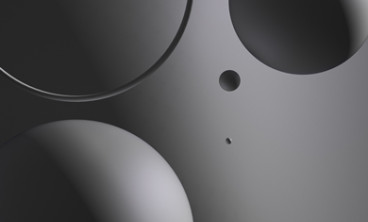
Reimbursement landscape
Medical aids are medical devices used by patients at home (in community settings). There are two primary payment mechanisms for reimbursement of medical aids in European countries:
- Inclusion in national lists of reimbursable medical aids (for example, NHS Drug Tariff in England, List of Reimbursable Products and Services (LPPR) in France, Medical Aids List in Germany)
- Coverage by individual payers (regional authorities in the countries of the Nordic region, sickness funds in Austria, or individual insurance companies in the Netherlands
The national lists of reimbursable medical aids might include a generic description of the device and guaranteed services (Essential Levels of Assistance (LEA) document in Italy) or a detailed description of the reimbursement category, the criteria for eligible population, and maximum reimbursement tariffs (LPPR in France).
The registration of devices in the national lists of reimbursable medical aids can be either generic or brand-specific with the national pricing decision (with some exceptions, including Germany). For example, in France, some ostomy products (e.g., stool collection pouches, pouches for high-flow collectors, colonic irrigation devices, etc.) are registered in LPPR under generic categories, whereas ostomy obturators for colostomy obturation in patients performing colonic irrigation are registered under brand-specific category (LPPR code 1122627 with a tariff of €39.33).
In payer-based countries, access to medical aids is typically organized via a tender mechanism or contract for the provision of medical aids for the covered populations. Sickness funds or individual insurance companies have contracts with suppliers of medical aids. Contracted suppliers are paid directly by the sickness fund or insurance company (third-party payment). The actual reimbursement conditions and tariffs are defined in individual contracts between sickness funds or insurance companies and suppliers.
Some medical aids, which are considered a consequence of specialist care (can be used both in the hospital and home care settings), are typically delivered to a patient in the hospital, and the hospital is paid by the insurance company a reimbursement amount. For example, insulin pumps and consumables in England are reimbursed via a specific High Cost Device List category “Insulin pumps and pump consumables”. This add-on reimbursement is paid in addition to basic HRG for specialist care – HRG KB04Z “Continuous Subcutaneous Insulin Infusion“ with an outpatient tariff of £276. Some consumables that can be used with insulin pumps are listed in the NHS Drug Tariff (e.g., infusion sets and cartridges with insulin).

Policy considerations
Approval by payers and specific policies are typically not required for the medical aids, unless they are very expensive.

Role of HTA
In general, HTA has a limited role in relation to market access for medical aids.

Future challenges
Many medical aids (diabetes aids, incontinence, and ostomy products, wound care products, etc.) have established reimbursement and funding in most European countries.
Future challenges include establishing reimbursement for novel, expensive medical aids or devices combining treatment and monitoring functions. In some European countries, this requires a high level of evidence proving superiority or equivalence to established care pathways in randomized controlled trials.
MTRC has experience with 21 projects related to medical aids in Europe
Get in touch
Contact us to discuss your needs and learn about our services



